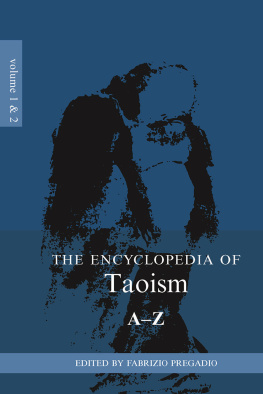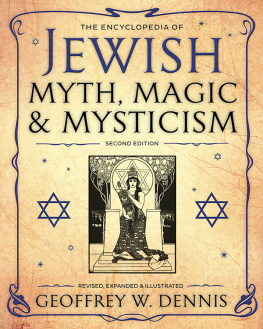Contents
Guide
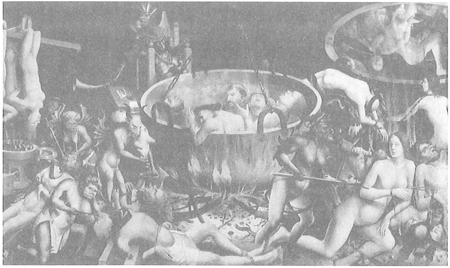

The author and publisher have provided this e-book to you for your personal use only. You may not make this e-book publicly available in any way. Copyright infringement is against the law. If you believe the copy of this e-book you are reading infringes on the authors copyright, please notify the publisher at: us.macmillanusa.com/piracy.
Contents
This book is dedicated to
Tara Lynn Swank
fulfilling a promise made two decades ago
I extend my deepest gratitude and sincere appreciation to the following for invaluable contributions to this project:
Daniel Timothy Corcoran, Jr.
John Schulte and the staff at Toynetwork
Clive Barker
Joe Daley
Mary Ann Sullivan of the Blue Army of Our Lady of Fatima USA, Inc.
Harris McCarty Design Group of Manassas, Virginia
Michael Gariepy of Art Today
Alison Gallup of Art Resource
Linda Hassani
Leon Fletcher
Staff and personnel of the Prince William County and Fairfax County, Virginia, library systems
Dolores and Cornelius Van Scott
Humankind has been fascinated with the concept of hell from time immemorial. The custom of sitting around the campfire telling ghost stories dates back centuries, even millennia, to the first cave dweller who timidly speculated about the fate of our souls. With the threat of death lurking around every corner, early peoples had to wonder, What happens next? Struggling to unravel these vast mysteries in a strange and unknowable world, our ancestors weaved all manner of fantastic tales about underworld deities and perilous journeys the dead must take on the way to the afterlife. The stories were passed from parent to child by word of mouth, with every generation adding a little of its own spice to the mix.
As time passed, pictures scratched into clay pots and drawn on parchment scrolls brought these legends alive. The old tales soon grew into complex belief systems of gods, heroes, villains, and rites and rituals, giving each culture its own identity and ultimately defining its values and goals. And though the specifics of these supernatural myths differ, one thing is clear: Belief in a hell is universal. From humanitys most ancient legends, afterlife beliefs have been tinged with the crimson threat of everlasting punishment.
People became more civilized, and so did their beliefs. Organized religion fine-tuned these theories into elaborate cause-and-effect scenarios. Good behavior meant salvation; evil, damnation. Details about what those terms mean rages on to this day, with no real consensus. Art, literature, and drama brought hell into the common experience. Modern technology has made it come alive before our very eyes in films, television programs, and even music videos. And yet, there is still little agreement on what awaits us beyond the grave.
The Encyclopedia of Hell gathers these diverse descriptions of the netherworld from myth, religion, literature, visions, theater, art, music, film, television, and pop culture in a single comprehensive volume. It offers a broad range of interpretations from hundreds of different sources, highlighting areas of similarity and contrast between theories. The Encyclopedia of Hell also explains the origins of underworld concepts and examines the impact of these ideas on literature, history, and cultural development. All information is relayed without subjective interpretation and includes cross-references for further explanation.
Recent research shows that more than 60 percent of Americans believe in the existence of hell, although most are not quite sure of the specific details. Today, most people currently derive an understanding of the underworld from religious teachings, horror movies, rock videos, and other fragments of information. This volume puts these scattered concepts in context and traces connections among evolving suppositions.
In addition to describing various images of the underworld, The Encyclopedia of Hell includes hundreds of fascinating facts relating to the great below. Illuminated herein are such tales as the origin of the first mummy, the reason why only a wooden stake can kill a vampire, and why the number thirteen is considered unlucky. The book also explores the question, Is the gate of hell located in Long Island, oras ancient myth tells usin France? and many other amusing infernal theories.
Despite the modern obsession with solving the mysteries of life through science, interest in hell remains dynamic and pervasive. Perhaps it is because death is the great equalizer of all ages, uniting contemporary peoples with those long-ago cave dwellers huddled around the communal fire. And images of the afterlife, even ghastly visions of torment and agony, provide a promise of something more. In the case of hell, studying the inferno on this side of eternity is preferable to investigating damnation firsthand. The Encyclopedia of Hell is as close to the underworld as any of us would ever like to come.
ABBADON Abbadon, the Hebrew word for destruction, is the biblical dwelling place of the dead found in both the Old and New Testaments. It is used interchangeably with SHEOL . Abbadon is the bottomless pit in which the damned suffer for all eternity. Over time, Abbadon also became synonymous with death and the grave.
REVELATION refers to Abbadon as the place for those who neither repented of their murders, nor their DEVIL worship, nor their fornication, nor their thefts. Abbadon is described as a foul, smoky abyss out of which locusts, demons, and monsters emerge to destroy the earth. The ruler of Abbadon is APOLLYON , the dark angel of the underworld.
Abbadon has also been described as a DEMON in THE PILGRIMS PROGRESS and Paradise Found, the sequel to Miltons PARADISE LOST . In these, and numerous other classic stories, the name refers to the personification of evil.
ACHERON The Acheron is one of the mystical rivers of ancient Greek myth. According to the legends, the waters flow directly to the underworld of King HADES . Odysseus, hero of Homers ODYSSEY , offers a blood sacrifice on the banks of the Acheron in order to converse with the souls of the dead.
Acheron is also the name of the DEMON from the Vision of TUNDAL who guards the gates of hell.
ADAMNAN A mystic named Adamnan, an abbot of the Iona Abbey, claims to have had a horrific vision of hell that was later transcribed and distributed throughout Christendom in the tenth century. His infernal nightmare features a host of fiery tortures. The cleric reports having seen sinners lashed to burning columns with chains of molten serpents. Others are immersed to their necks in an ocean of flame. Some of the damned are beaten repeatedly with clubs or forced to cross red-hot rocks while DEMONS shoot flaming arrows at them. The vilest offenders are pierced through the tongue with scalding spikes. And those who manage to avoid these blazing tortures are devoured by packs of wild dogs.
Adamnan offers his gruesome vision as a warning to Christians of what awaits the evil in the afterlife. His story became a popular example of VISION LITERATURE and was widely circulated and discussed during the Middle Ages.
ADAMUS EXUL Adamus Exul, a seventeenth-century Latin drama written by Dutch playwright Hugo Grotius, proposes that nonexistence is preferable to damnation in hell. It shows a vengeful LUCIFER determined to hurt God by dragging his new, precious creationhumanityinto eternal suffering. This is as close as he could ever come to forcing God himself into the abyss.


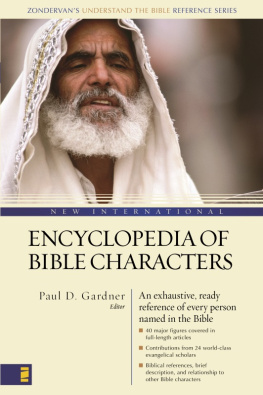


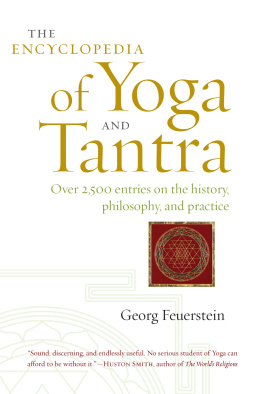

![Michael Lovano - The World of Ancient Greece: A Daily Life Encyclopedia [2 Volumes]](/uploads/posts/book/268736/thumbs/michael-lovano-the-world-of-ancient-greece-a.jpg)
